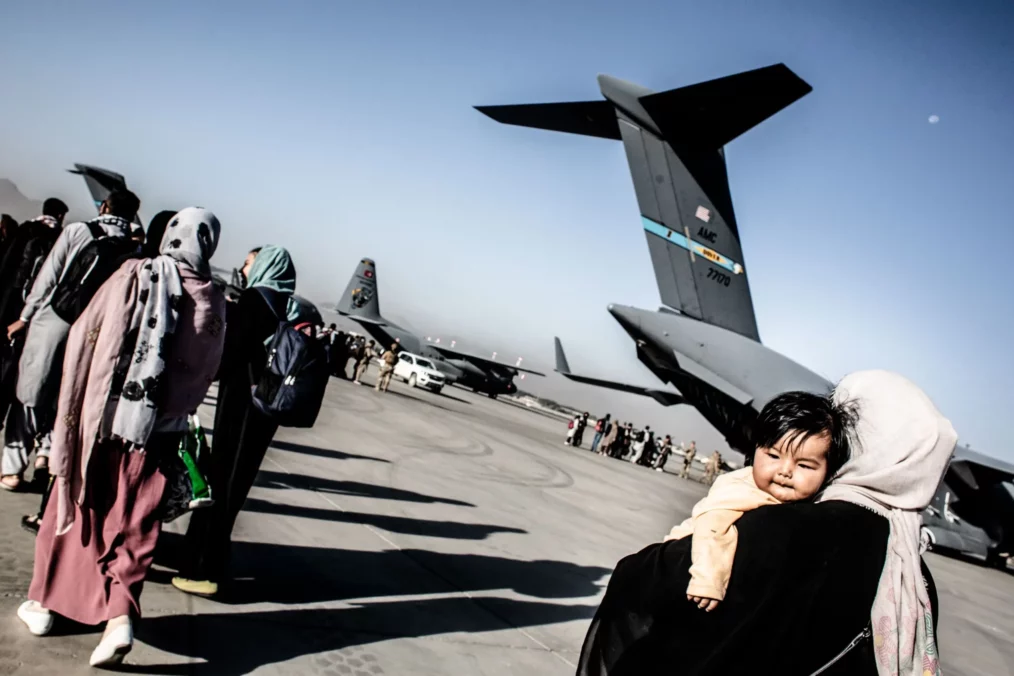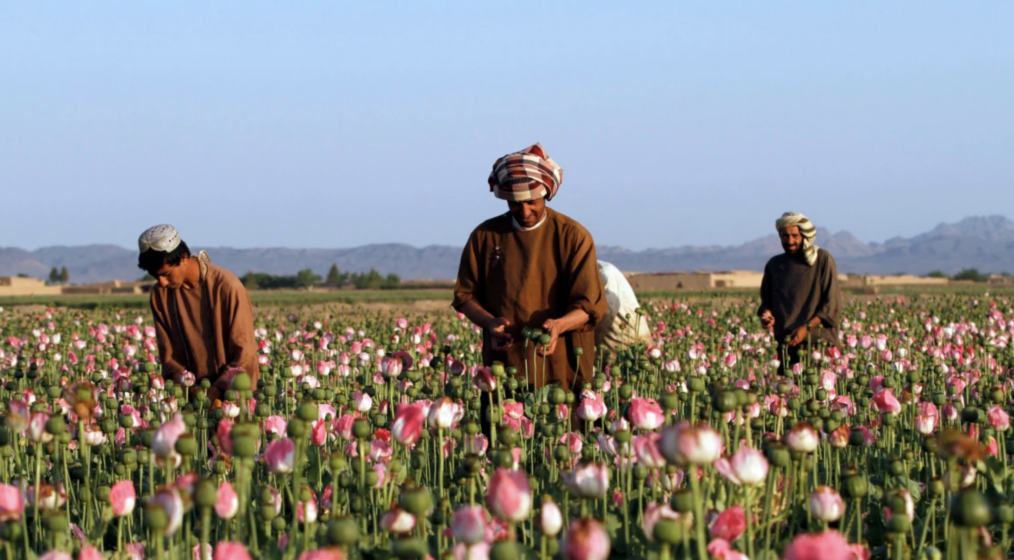For the second time, the Taliban captured Afghanistan putting an end to what is known as the United States’ longest war in the country. Though touted as the end of a twenty-year-long war, the Taliban’s return to power triggers other grave issues – a probable civil war. This results in the country again turning into a haven for regional and global terrorism, and thus threatens regional and global security. Another factor is the Taliban’s unaltered temperament toward Afghans which further increases the possibility of a public revolt against the group.
Besides the Taliban’s fundamentalist approach, Pakistan’s blatant endorsement is a likely driving force behind the prospective political and economic crises to accelerate in Afghanistan. As a result of such crises, the flames will inflict on Pakistan as well.
Additionally, the Taliban’s religiously inclined fundamental policies that are inspired by Pakistani madrasas engender a Taliban’s pro-Pakistan approach, enticing political turmoil against the group. Two major standpoints such as economic and political perspectives are therefore considered to highlight the likelihood of a prospective civil war in the Taliban-led Afghanistan.
The Economic Standpoint
The Taliban’s August 2021 takeover of Kabul was instantly followed by a sprint in the slowdown of the Afghan economy – an estimated 40 percent. As a result, with 500,000 job losses, the unemployment rate rampantly spiked. Such an unprecedented hike in the unemployment rate is becoming a provoking driver behind Afghans’ willingness to revolt against the Taliban’s rule, since the people might have no other alternative for survival, as the poverty rate has already spiked to 97 percent.
The exacerbating high rate of unemployment has also led to an aggravating fall in the public financial condition. As per the United Nations Development Program (UNDP) report, an imminent prospect of a one-third decline in the per capita incomes was warned based on the facts over the last months of the year 2021. Vulnerable to such economic catastrophe, many civilians are now stranded in destitution and even have been forced to put their children on sale in desperation for life.
The Political Standpoint
The Taliban bears the brunt of political and military challenges from the Islamic State (ISIS) militants, the National Resistance Force (NRF), and the Liwa Fatemiyoun militia.
Since the fall of the elected government in Afghanistan in August 2021, terrorist groups such as ISIS unprecedently emerged stronger. Meaning that the Taliban’s return is still seen as a welcoming note by the world’s other renowned terrorist groups to reestablish in Afghanistan. This could be an undermining threat to the Taliban’s rule. Nonetheless, in the case of the fight against ISIS, Afghans are less likely to back the Taliban given the group’s nationwide negatively perceived image created by its tenacious policies.
Vulnerable to the Taliban’s ideology, the Hazara community, which comprises 9 to 10 percent of Afghanistan’s total population, is thought to be Iran-backed pro-Liwa Fatemiyoun. After fighting ISIS alongside Bashar-al-Assad in Syria, the Fatemiyoun has now turned its eyes on Afghanistan. The Fatemiyoun’s intention to target the Taliban becomes more feasible now. This is due to the Taliban’s anti-Shia ideology and the growing number of attacks on Shia Muslims in Afghanistan since the U.S. withdrawal. The Fatemiyoun militia will not only target the Taliban but also ISIS, as they do in Syria, which would go beyond one for the Taliban’s leadership to thus manage such a complicated triangular skirmish.
This saga turns even more perilous as the newly established Panjshir-based NRF targets the Taliban. This is primarily due to the Taliban’s reluctance to form an inclusive government and welcome the former politicians, government employees, and other prominent figures to their government circuit.
Implications for Pakistan
Driven by the Taliban’s pro-Pakistan stance, Afghans have opposed and feared the Taliban’s return. Despite such nationwide despise among Afghans, the group’s all-weather supporters, Pakistan’s military, and religious leadership warmly welcomed the Taliban’s return in August 2021. The people of Pakistan even celebrated the Taliban’s return and considered it as an indirect victory for Pakistan in Afghanistan. Given this, Pakistan’s former Prime Minister Imran Khan also went on to endorse the Taliban’s takeover of Kabul during a press conference in Islamabad, stating that “Afghanistan has broken the shackles of slavery.”
However, the Taliban’s religiously inclined ideology could turn into a Pashtun ethnocentric ideology or diverge its political route, possibly to India. Recently a blend of Indian diplomats made a surprise visit to Kabul, a red sign for Pakistan. While there are already hints that the Taliban cordially provides congenial hospitality to the key Tahreek-e-Taliban Pakistan (TTP) figures who were detained in the previous administration.
Second, Pakistan plays a double-faced game as more of a broker between the global superpowers vis-à-vis China, Russia, and the U.S. For Pakistan, leaning on and accompanying one will entice the other to recoil, as Pakistan’s brokerage role may not sustain longer given the dynamics in the world geopolitical order.
Third, Pakistan is already severely indebted and could become a buffer zone sandwiched between the great powers. Ties with the U.S. are already deteriorating with the aid flow decreasing, while the all-weather ally China’s aid does not come without huge interest rates. Already drowned in huge debts, Pakistan could face a similar fate as Sri Lanka, should the country fail to withstand such enormous debts and avoid the role of a broker and supporter of terrorist groups.
Conclusion
The controversial quell to the U.S.’ twenty-year-long war, coupled with the Taliban’s hold on power, serves as a stepping-stone to another likely political tumult in the country. Other renowned terrorist groups leverage this new phase in Afghanistan’s political scenario. The entry of these terrorist groups is a turning point for regional and global security. Additionally, Afghanistan would be devastated by another civil war. Being a significant Taliban supporter, Pakistan is going to get inflicted the most as the country may remain stuck in the great game.
The Taliban is recommended to form an inclusive government, and welcome professionals and prominent policymakers from the previous government. Also, the group needs to adhere to national interests such as retaining the national anthem, and the national flag while keeping in mind women’s rights, particularly girls’ education.
The Taliban also needs to stop solely depending on Pakistan both politically and economically, especially concerning policy level national matters. For Pakistan, it is important to shun lobbying and brokering for the Taliban on international platforms. Instead, Pakistan needs to critically examine the issues it faces.
Hamayun Khan, Counter-Terrorism Research Fellow





